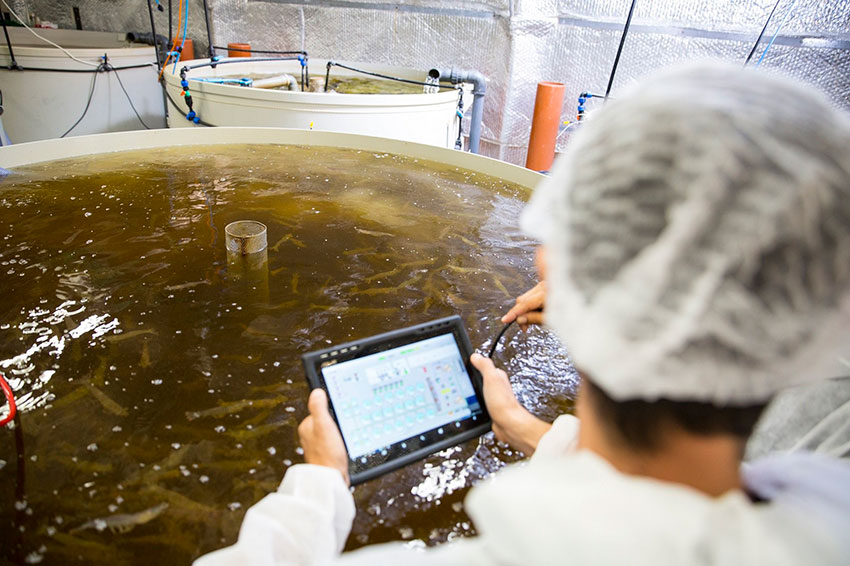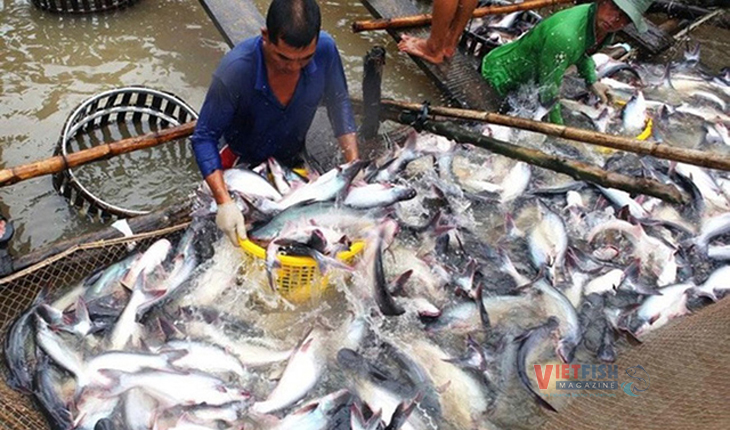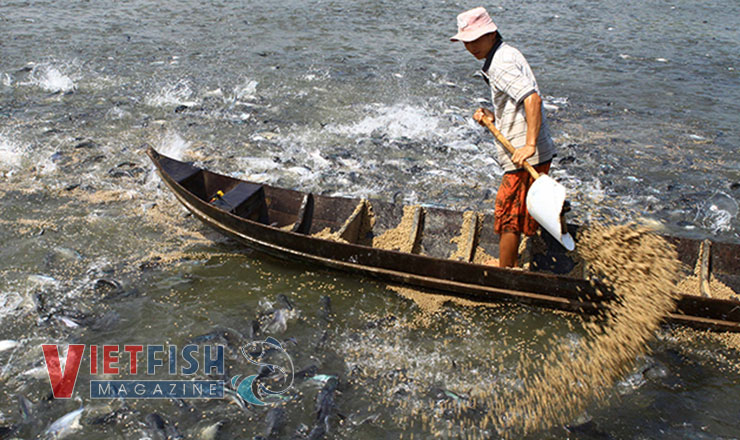Vietnam’s shrimp farming technology rivals global leaders, but high costs remain a barrier
Vietnam’s shrimp farming industry stands shoulder to shoulder with the world’s best in terms of productivity and technology. Yet, high production costs continue to be a major hurdle to global competitiveness.
Strong potential to rise in global rankings
Though Vietnam ranks third globally in shrimp exports, it holds untapped advantages to climb even higher, according to Trinh Trung Phi, Deputy CEO of the Viet-Uc Group.
The country’s favorable climate enables year-round farming. Additionally, Vietnam possesses vast estuarine systems such as the Mekong Delta, where average water discharge reaches 13,200 cubic meters per second, and can soar to 30,000 cubic meters per second during flood season. In contrast, Ecuador’s Guayas River averages only 1,982 m³/s, yet accounts for 83% of the nation’s shrimp output.

In terms of farming area, Vietnam surpasses Ecuador in potential. Ecuador currently utilizes 100% of its 215,611 hectares, while India dedicates 125,673 hectares of its 191,882-hectare shrimp farming area to whiteleg shrimp. Vietnam, meanwhile, used only 120,951 hectares for whiteleg shrimp in 2024, just 16.41% of its available brackish water area, highlighting significant room for growth.
Disease remains the greatest challenge
In recent years, disease has posed the most significant threat to Vietnamese shrimp farming. Bacterial infections carrying virulent plasmids, causing conditions such as Translucent Postlarval Disease (TPD) and Acute Hepatopancreatic Necrosis Disease (AHPND), have severely affected juvenile survival rates. Climate change has only intensified these risks.
Other persistent threats like white spot, EHP, and white feces syndrome remain difficult to control, largely due to the dominance of small-scale household farms. With inadequate infrastructure and incomplete biosecurity measures, disease prevention is limited in effectiveness.
Cost remains the key barrier
While Vietnam’s farming technology is now on par with any country in the world, high costs hinder its global market penetration, Mr. Phi noted. Small-scale operations (1 – 3 ha), coupled with high stocking densities, 5 to 10 times that of Ecuador, have led to elevated production costs.
These dense systems often lack adequate biosecurity, making disease management more difficult and costly. Furthermore, farmers typically rely on intermediaries to procure supplies, inflating input costs by 30 – 40% due to limited capital.
In contrast, Ecuador benefits from economies of scale. Over 80% of its shrimp farms span more than 10 hectares, and nearly 30% of total production comes from farms between 50 and 250 hectares. Their supply chains are shorter, labor and energy are optimized, and production costs remain significantly lower.
Public-private collaboration needed
To address industry challenges, Viet-Uc Group has invested heavily in selective breeding programs and innovations in hatchery nutrition. By applying advanced feeds, artemia, and algae, alongside automated systems and multifunctional probiotics, they aim to reduce the farming cycle from 100 to 70 days.
Viet-Uc has also partnered with Biomar to form Biomar Viet-Uc, a joint venture focused on importing cutting-edge nutritional research and sourcing high-quality, low-cost raw materials. Their goal: to offer affordable, high-performance feed to Vietnamese farmers.
The group continuously invites collaboration with global partners to develop practical solutions. Phi emphasized the importance of effectively implementing Resolution No. 57 from the Politburo. He called for regulatory reform that enables rapid coordination between research institutes and enterprises, allowing scientific breakthroughs to reach commercial production more quickly.
Three key proposals from Viet-Uc Group
Phi outlined three strategic proposals to accelerate innovation and digital transformation in shrimp farming:
1. R&D Investment and Export Ambitions: Viet-Uc invests hundreds of billions of VND annually in R&D, aspiring not only to lead Vietnam’s shrimp hatchery sector but also to export science-driven products like broodstock globally. To realize this, objective support and feasibility assessments from the Ministry of Agriculture and Environment and the Department of Science and Technology are essential.
2. Developing High-Tech Shrimp Zones: Building industrial zones dedicated to shrimp farming, with integrated infrastructure and technology, is critical. These zones would require favorable policies on land rights and ownership to attract investment. Tightly connected input suppliers and processing facilities would help maximize farmer and investor profitability.
3. Rapid Disease Response System: Tackling emerging diseases demands swift collaboration between government agencies, research institutes, universities, and local authorities. Viet-Uc proposes the creation of a digital disease mapping system with active involvement from leading enterprises to jointly research and deploy timely, effective solutions.
VFM






